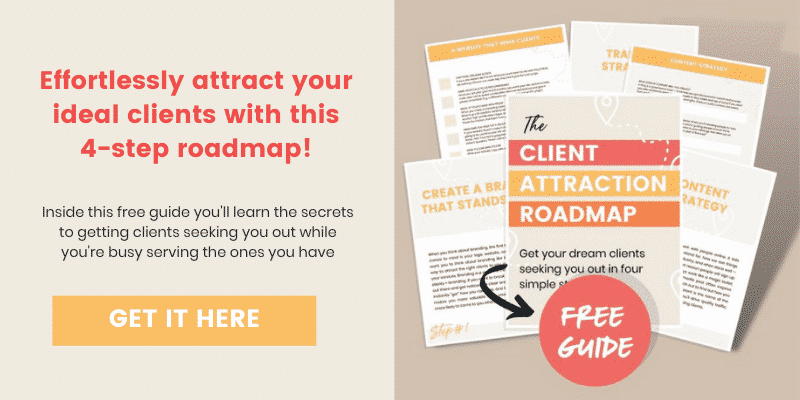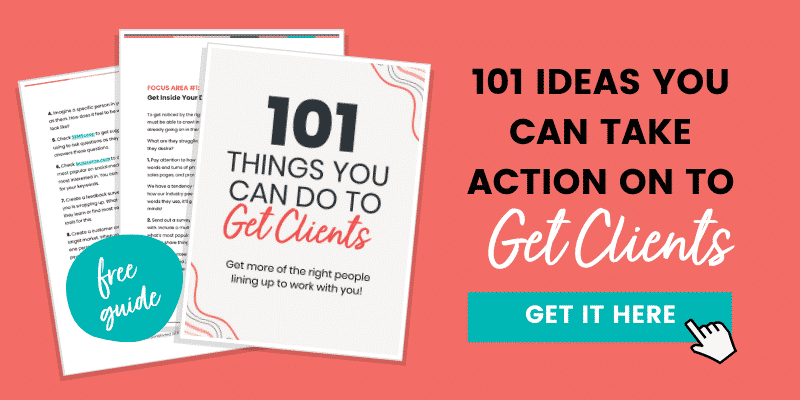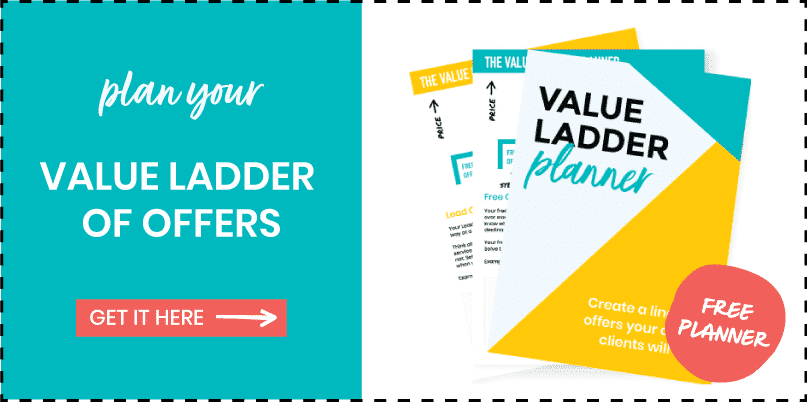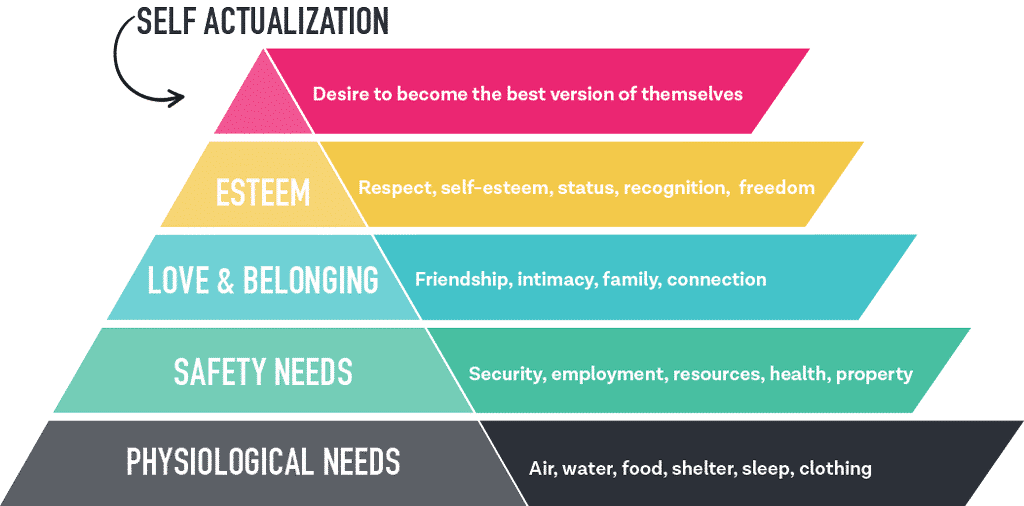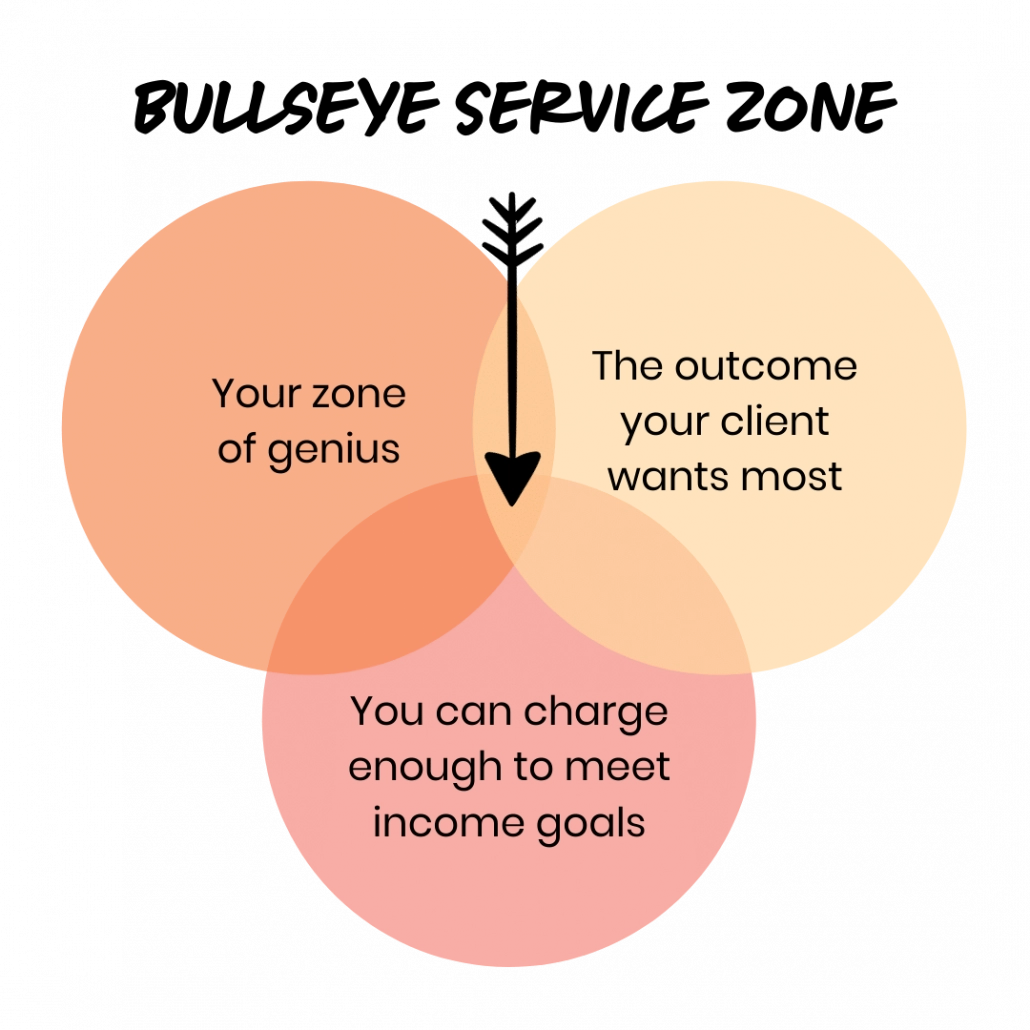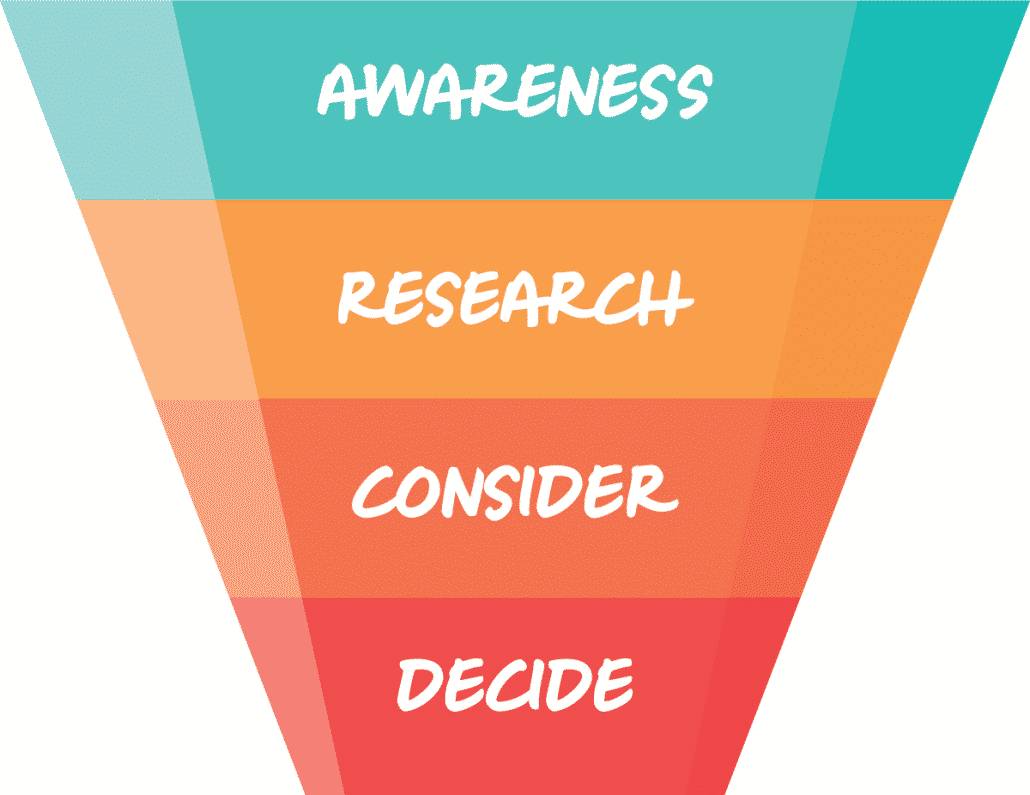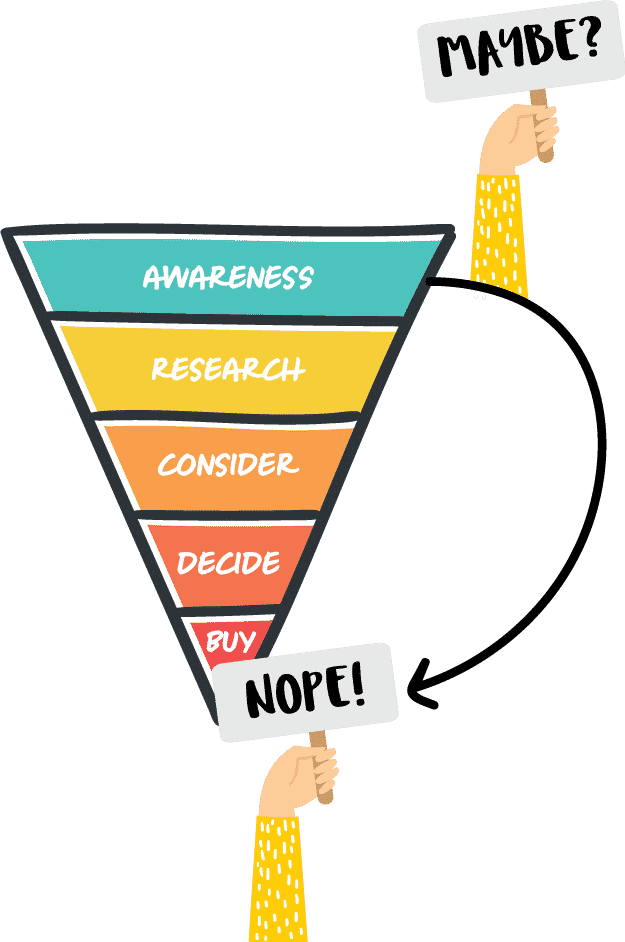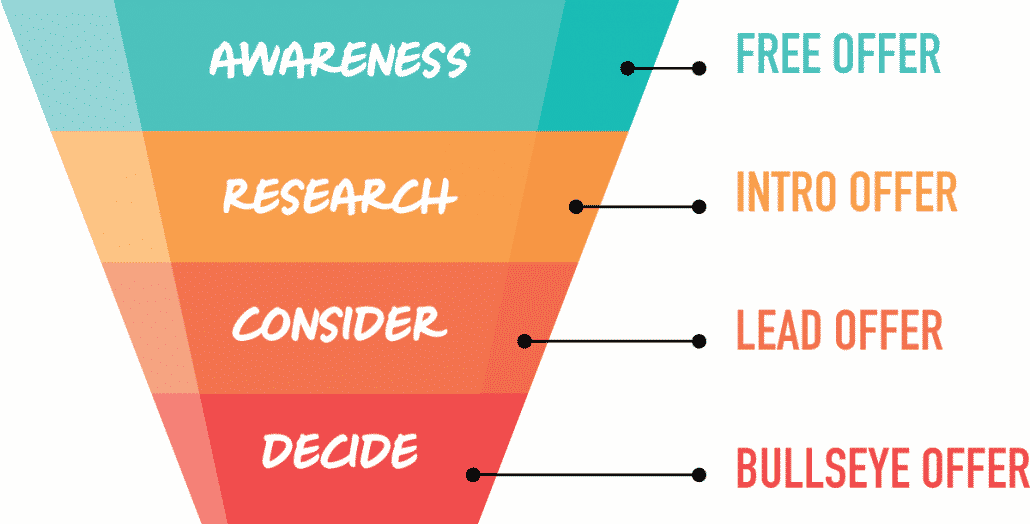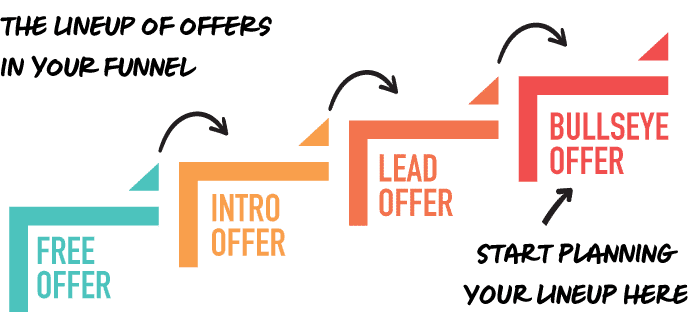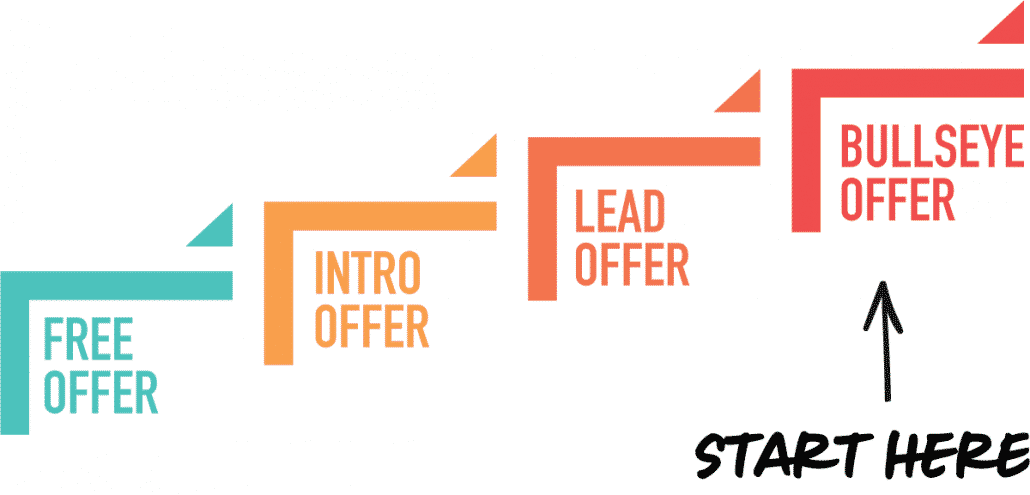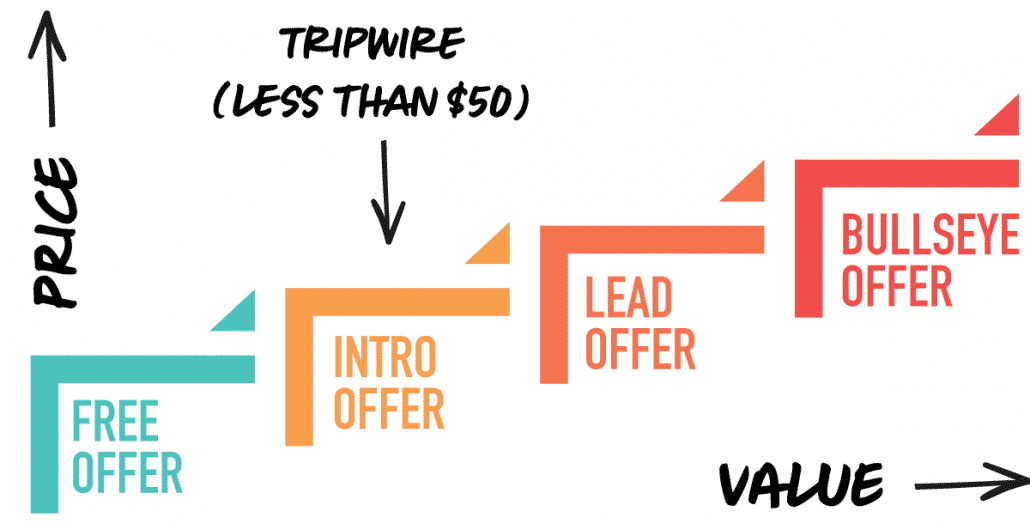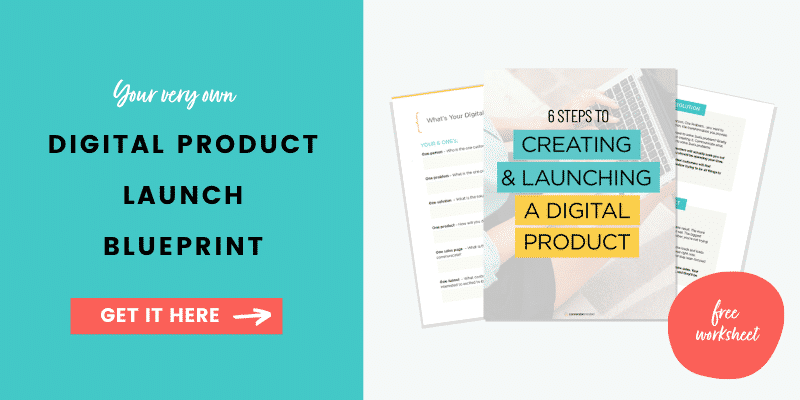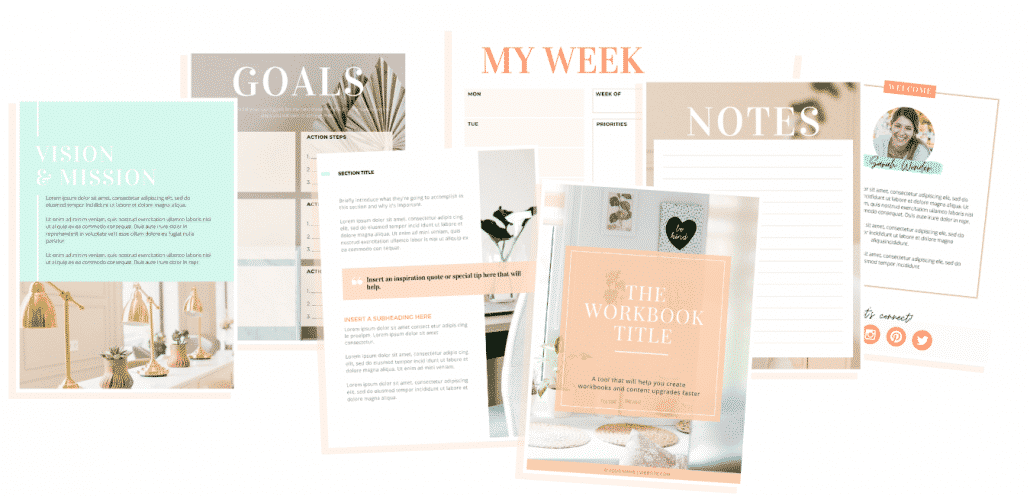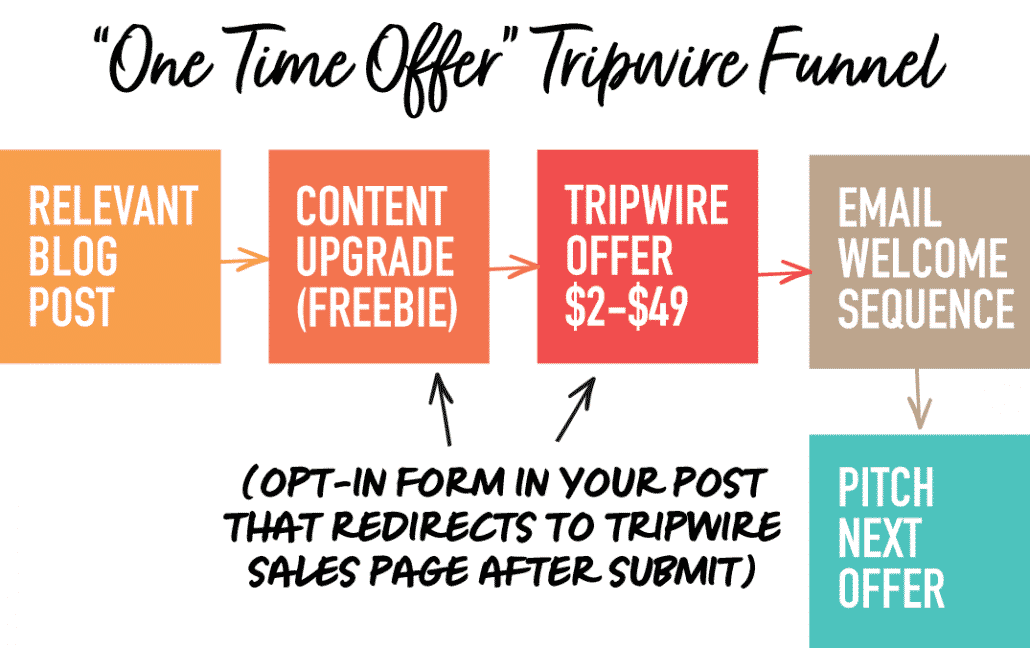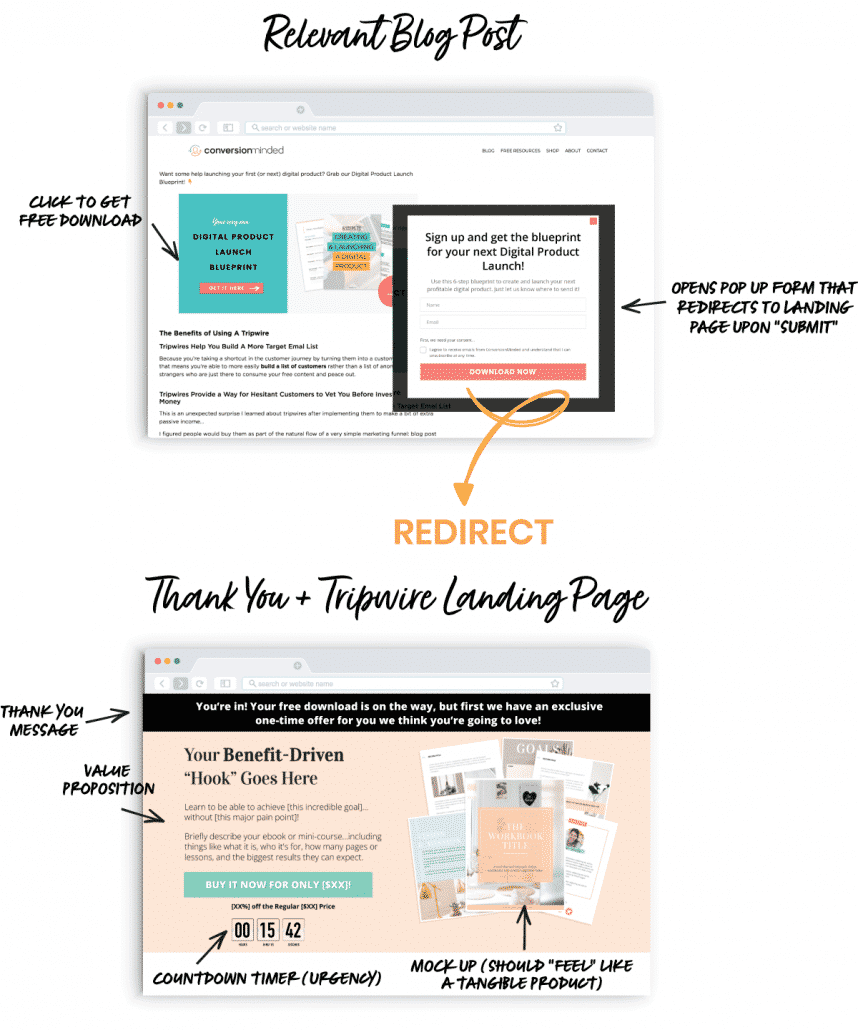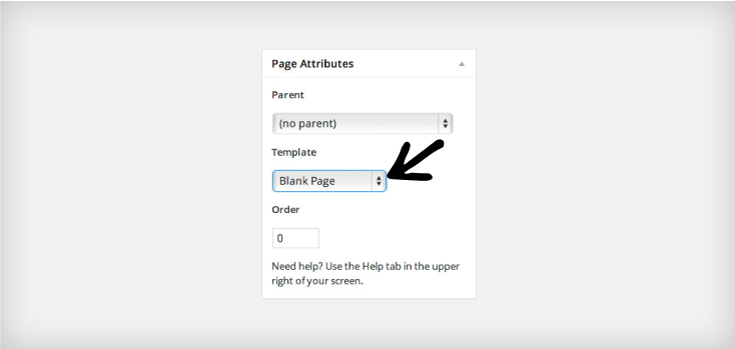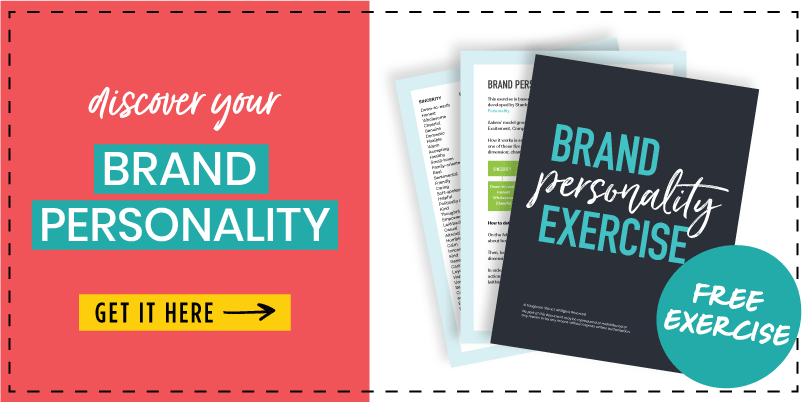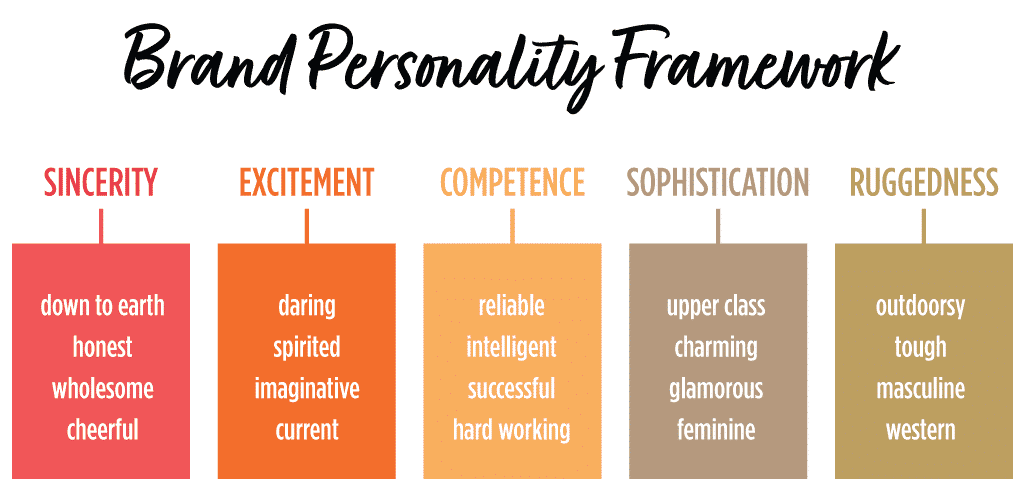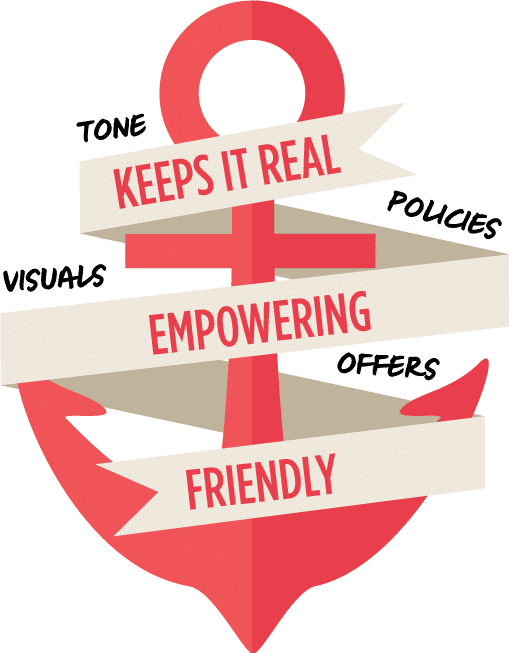A Beginner’s Guide Email Promotions: How to Boost Sales All Year Long (with Examples + Free Planner)
The goal of every online business is to attract and convert customers in order to make sales, but with ad costs on the rise and algorithm changes making it harder and harder to reach them, what worked a few years ago just doesn’t work the same way today.
And as more and more people are starting online businesses and competing for your customers’ attention, and as platforms increasingly expect you to “pay to play”…
The question becomes, “What still works to drive sales that a small business can even afford?”
The tactic that’s remained consistently reliable (with no signs of slowing down) is hands-down running email promotions. Considering that the average ROI for email marketing is $36 for every $1 spent, that makes it the best investment of your marketing dollars around.
If you haven’t adopted an email promotional strategy yet, it’s not too late to start! Think of it this way…
Ad costs will always fluctuate, and getting organic traffic to your offers isn’t going to get any less competitive. Relying exclusively on social media or SEO means the costs and opportunities to sell things to people will largely be out of your control…
But your email list is something you do control. It’s not Facebook’s audience or Google’s user base – it’s your list. You control the costs and how frequently your audience sees your messages.
In this post, we’re going to cover:
Before we dive into the nitty-gritty, be sure to grab our Free Email Promotion Planner & Tracker for Google Sheets:

Alrighty then, let’s start with the fundamentals…
What is an Email Promotion?
An email promotion is a series of emails (usually 2-6 but sometimes more) that you send to your list over a specific time period in order to promote a deal(s) or special offer.
While marketers often use the term “email promotion” in the context of using email to promote something that’s free (e.g. a webinar or a challenge) or to re-engage subscribers…
In this post, we’ll be focused on using email to make sales. Around here, if we’re talking about “running an email promotion” what we’re talking about is:
- Offering something specific and special to our subscribers
- Sending out a predetermined number of emails
- With a start and end time and date (usually 5 days or less)
- For the purpose of generating $$$
How to Create an Email Promotion Calendar and Hit Sales Targets
The last thing you want to do is leave things to the last minute when it comes to email promotions because there are a lot of moving parts and they take time to plan and put together.
Whether you run promotions every week, month, quarter, or just once or twice a year is totally up to you, but you want to schedule them in your calendar, plan ahead, and give yourself deadlines to create everything you’ll need, including:
- The “hook” or theme – the reason for offering it (e.g. celebrating a holiday, flash sale)
- The emails needed for each day (2-6+ emails each with a different angle and building upon the previous email to guide your readers toward a purchase)
- Mockups of your products, bundles, bonuses, etc.
- A sales or checkout page ready to go*
*Since this is your “warm audience” and you’ll be sharing lots of information within your emails, you don’t necessarily need to rely on a long and fancy sales page to do the selling as much as you do with a cold audience. We often use a simple ThriveCart checkout page when promoting something to our list unless we already have a long-form sales page created.
To give you an idea of how we approach our email promotion calendar:
Start by setting sales goals
First, we start with an annual income goal. Setting a specific number is what drives our plan for the entire year.
Then we set an income goal for each month, with every month building upon the previous month. For example, we may need to make $25k this month, so next month we aim for $30k.
If we’re not on target at any point, we get creative and run an email promotion to get our numbers up. We might run a flash sale or create a bundle of products to offer at a special price for a limited time. Basically, we do whatever we need to do to hit our goal at the end of each month.
We call these…
Evergreen Promotions
Evergreen Promotions can be run as needed and they’re invaluable when it comes to helping us hit sales targets. We think of them as a way to “turn on the money faucet.”
If there’s no specific holiday that makes sense to use as an excuse to show up with sale pricing, we create our own – all you need is a creative “hook”!

But we also commit to a certain number of…
Seasonal Promotions
Every quarter we create a plan for a seasonal promotion for the next quarter.
A seasonal promotion differs from an evergreen promotion in that it gets locked into our calendar with a hard deadline and utilizes a date-specific occasion as our “hook”: a holiday, observance, or celebration.
Think Valentine’s Day, Memorial Day, celebrating back to school and so on.
Because they’re seasonal and not just done “as needed,” this is income we factor into our strategy for hitting annual sales goals and setting our priorities for the quarter too.
(Do we need to create a digital product or a bonus? Do we need to write blog posts and freebies on this topic? Do we need a sales page? )
You can plan seasonal promotions a year in advance if you want to, but our approach to planning them just one quarter ahead of time gives us the perfect amount of flexibility to pivot throughout the year if we need to while also allowing us plenty of time to pull the promo together.

We’d be remiss if we didn’t mention Black Friday as a special case when it comes to seasonal email promotions. This is the biggest opportunity of the entire year for an online business to run a promo and make sales. During this period, your customers will be watching their inbox for the biggest and best deals of the year and they’ll be ready with their wallets open waiting to buy things at a discount.
If you’re able to offer discounts, a Black Friday promotion can not only give your fourth-quarter sales a huge boost, it can often make your year. And it’s not just limited to a one-day flash sale…
Hot on the heels of Black Friday are the days that follow it: Small Business Saturday, Cyber Monday, and Giving Tuesday – all opportunities to extend the promo period and keep the celebration going for multiple days.
We’ve also learned that if you time it just right, launching new products during this time can be very effective too…
Our most successful promotions introduced a new product on Cyber Monday and Giving Tuesday. We offered two new products for a special price only to our subscribers and donated a portion of sales to a charity.
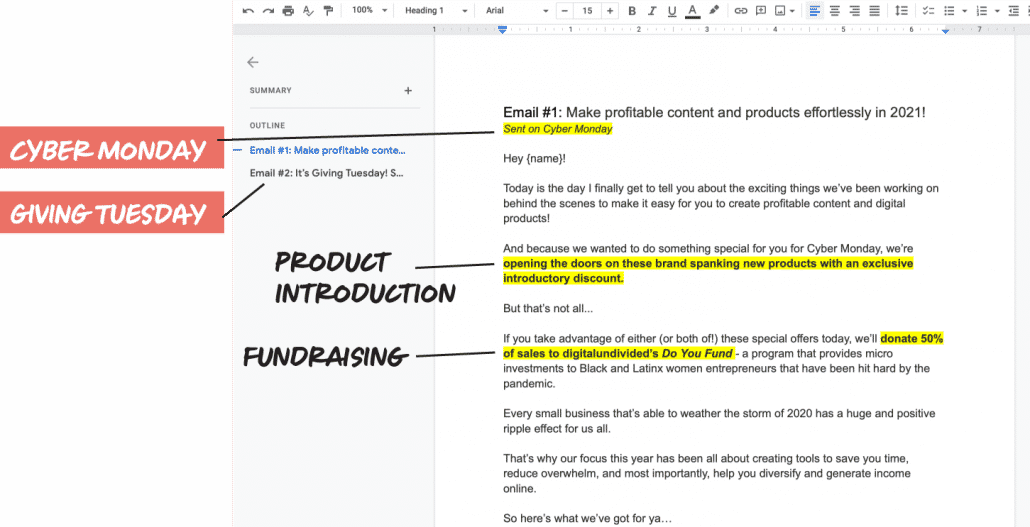
Since this was an exclusive “early bird” deal, we had a lot of people raising their hands which meant we were able to follow up with our customers to get their feedback and testimonials. This helped us immeasurably with sales and conversions going forward.
If you decide to run big seasonal promotions like Black Friday, break down what you need to do, create, and write and spread those tasks out over a couple of months for a stress-free promo and then kick back, relax, and watch the sales come in.
Planning an Email Promotion
Here are some of the things to decide when planning an email promotion:
What will you offer?
Will you offer multiple items or just one product or service? Do you need to create a new package or bundle or add a bonus to make your offer more enticing?
How will you create urgency?
Will you offer a discount? A bonus? A limited time package or bundle?
What’s the theme?
What will your “hook” be? Introducing a new product? Celebrating a milestone? Observing a holiday or season?
Who will you send it to?
Will you email your entire list or only certain segments?
For example, you’ll want to exclude people who’ve already purchased and may want to leave out people who opted in to a freebie that’s not at all relevant to your offer.
Why? Too many promotional emails sent to the wrong people (who are not a good fit for this offer) will only cause them to unsubscribe — when the reality is, the next promotion might have been the perfect fit!
How many emails will you send and over how many days?
This is something you’ll want to experiment with but as a good rule of thumb, it typically depends on the price and complexity of your offer: the higher the price and the more information your audience needs to make a decision, the more emails and time your promo will need.
What types of emails do you need?
Since you’ll essentially be promoting the same thing for a number of days, you want to think about how all of your emails are going to work together…
There will be some common elements to each email (e.g. what’s included, how much it costs) but each email will need to have its own angle – what works for one person isn’t going to work for another.
In other words, one day you might just cover all of the features and benefits in detail and the next, you may want to include testimonials or answers to common questions and objections.
Psssst, no need to take notes, just grab our free Email Promotion Planner & Tracker. All of these tips will be there for you when you’re ready.
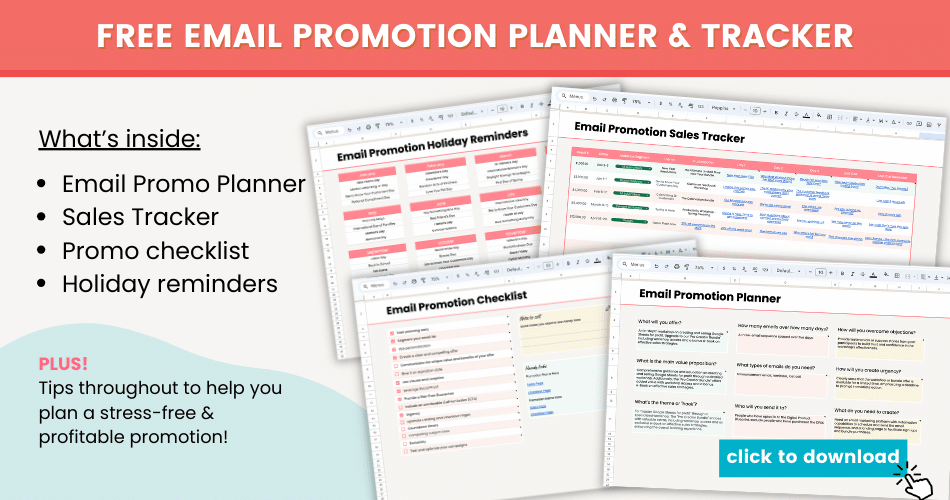
Creating a Promotional Email Sequence
Now we’re ready to get into the nitty-gritty of how to build a series of emails that work together to guide people to a purchase, are you ready? 🙂
At this point you’re probably getting excited about the possibilities of using email promotions to generate revenue – it’s a proactive, affordable, and proven way to build your business… “Sign me up!”
But you probably still have a lot of questions about what types of emails to write, how many, and exactly when and how frequently to send them – we definitely did in the beginning and it’s totally natural (it’s not intuitive!).
It took years for us to wrap our heads around exactly what goes into setting up an email promotional sequence that drives sales, but no worries, that’s why we’re here and we’re about to break it all down so you don’t have to rely on trial and error.
We’ve invested countless hours analyzing all sorts of campaigns and experimenting with our own too, and we’re about to share with you exactly what we’ve learned. The good news is, putting together a profitable email promotion is simpler than you think!
Alright, now this is going to sound weird, but…
We want you to think about your series of promotional emails like a sandwich. ?.
First, you need two slices of bread as the foundation:
→ 1. An announcement email
→ 2. Last call email
Let’s take a deeper look under the hood so far…
The Announcement Email
An announcement email is the first email in your sequence and lets your audience know all about your promotion and gets them excited about it.
It should include a description of who it’s for, what’s included, the price, and the deadline for taking advantage of your offer.
Your announcement email can be short or long, and here’s how to decide…
Short announcement: Short and sweet is the way to go if you’re planning a promotion that lasts for 4 or more days and you just want to give your readers a “heads-up” that you’ve got something exciting planned over the next few days. You’ll give them a little teaser, tell them to watch out for your next email, and give them a link to a sales page that has all the details.
A long “kitchen sink” announcement: If your promotion is 3 days or less, your announcement email will need to work a lot harder so it needs to be longer and more detailed and include every possible thing they need to know about the offer without needing to click on anything. See the following example…
Announcement Email Example:

The announcement email kicks off the promotion. Then, to wrap up your promotion you’ll need…
The Last Call Email
You might have heard the term “cart close” when you hear marketers speak about funnels and launches. It’s one of those jargon terms that used to intimidate the heck out of us, but then we realized that anybody who’s selling something online (whether a product or service) can do a “cart close”…
It simply means that your deal or offer will end at a specific time. That’s it.
It doesn’t mean you have to stop selling it or that the thing that you sell actually is going away for good, it just means the promotion is ending.
Think about it like this: the cart is closing “at this price,” “bundled this way, “with this bonus,” etc.
The reason why we need a “cart close” is that your promotion needs an end time or there won’t be any incentive for your audience to take action.
We call it a “last call” email. That is, “this is your last chance to take advantage of the deal” (whether for now or forever). It’s a reminder to your audience that the offer is about to expire and it’s your one last chance to pitch it to them.
Because of the urgency that’s baked in, it’s almost always the highest-converting email in the series.
It should include enough details about the offer so even if this is the first email your reader has opened, they’ll have all the important information. So at a bare minimum that means:
- How long they have left to take advantage of the offer
- A recap of the features and benefits
- A final call to action
For promotions that last more than one day, you’ll send the last call email in the morning of the last day with an optional final reminder “it’s going away” email sent a few hours before the cart closes (that last one should be short and simple).
Last Call Email Example

If you have an announcement email and a last call email, you’ve got everything you need to open and close a promotion so you can now run a 1- or 2-day promo. These are perfect for “impulse purchase” offers (<$50 + no-brainer value).
A longer promotion is needed if you have something higher-ticket or new.
In this scenario you’ll want to send out one email per day for 3-6 days so you have time to warm up your audience and give them the information they need to feel confident purchasing and give them time to consider the offer.
For that, we’re going to need some ingredients in the “middle of the sandwich” and you can get creative here!
There are no rules about what you need to include on what specific day, but again, you want to come at it from different angles because different members of your audience will respond to different things.
These are a few themes that work:
- Relate: demonstrate that you understand what they’re struggling with and how they feel, that you know what they desire and what’s standing in their way
- Social proof: Share stories of other people who’ve gotten the results they desire, testimonials, or case studies
- FAQs: Answer frequently questions to help them overcome objections
- A Bonus: Introduce a bonus that will help make solving their problem even easier
Mix and match these angles and don’t sweat it if you don’t have what you need to do one type of email… just pick a different one!
For example, if you don’t have testimonials or case studies yet, use a “relate” email instead of a social proof email. If you don’t have a bonus, answer frequently-asked questions and so on.
Example Email Promotions
Here are a couple of examples of how this might all come together…
Example #1: The One-Day Promo
Needed: Announcement email + Last call email (2 emails, 1 day)
If it’s a very low-ticket offer (under $50) you can run a 1-day flash sale and send out two emails: one in the morning to announce it and one at the end of the day to remind people that the offer is expiring in a few hours.
This is a basic “bread sandwich” promo but just because it’s not stuffed with extras doesn’t mean it isn’t appetizing for your readers. Some of our one-day flash sales featuring low-ticket offers have generated between a few hundred and a few thousand dollars!*
*Note: income results will vary depending on the size of your list and the relevancy of your offer – so always be list-building and creating freebies that will attract the right people onto your list!
These tiny promos work because they’re “grabby” deals that we know will help a large segment of our audience (the value is a huge no-brainer) and they’re offered at an impulse price point.
And, because it’s just one day, there’s a huge sense of urgency which is the key to a successful email promo: urgency, urgency, urgency.
Got that? Urgency! 😉
Example #2: The 5-Day Seasonal Promo
Needed: Announcement email + 3 middle emails + 2 Last Call emails (6 emails, 5 days)
This is a longer promotion and we generally reserve them for a specific holiday, seasonal observance, or special occasion.
We include several yummy “middle of the sandwich” emails with one email going out for four days and then two emails on the final day. It looks something like this…
- Day 1: Bread 1: Announcement
- Day 2: Yummy stuff: (e.g. pain points, goals & desires, a transformation story they can relate to)
- Day 3: Yummy stuff: (e.g. success stories, case studies, testimonials, results expressed as data)
- Day 4: Yummy stuff: (e.g answers to frequently asked questions, overcome objections)
- Day 5: Bread 2: Last Call, Final Reminder

If you want to get fancy, you can mention a bonus you haven’t told them about yet on the second-to-the-last day to really trigger FOMO (fear of missing out).
4 Types of Email Promotions Ideas to Try
Here are some examples of email promotional themes you can use as your “hook” (the reason you’re showing up in their inbox)…
Flash Sale
You’re probably already familiar with flash sales – this is all about offering a discount on either one featured product or multiple products. Here are a few additional ideas:
- Deal-a-day: A different product or collection is featured every day for X days
- Everything is on sale for a flat discount using a coupon code for a limited time
- All the products on a specific landing page are on sale from X%-XX% off
- An exclusive bundle at a one-time-only price
Holiday & Seasonal Email Promotions
You already know about the big shopping holidays and seasons for retailers – Black Friday, Christmas, Memorial Day, Labor Day, Back to School, etc. but you’re not limited to those!
While it can be an advantage to run promos during these time periods because customers often “wait for sales” and will be on the lookout, it can also be worth experimenting with lesser-known and less competitive holidays such as “the first day of spring” or “customer appreciation day.”
Evergreen Promo
Evergreen promotions can be run anytime but you’ll still want to get creative and give it a theme. You can introduce a new product, create a special bundle or package, add a bonus, or invent your own special occasion – e.g. “I’m celebrating my 10,000th subscriber!” or “It’s the 3rd anniversary of [Company Name]!”
Early Bird Product Release
One of the easiest ways to launch a new product is to introduce it to your subscribers before you make it available anywhere else. Since this is your warm audience, they’ll be more likely to consider something new without a lot of fanfare than someone who’s never heard of you before. You might offer it at a special price exclusively for them or throw in a group coaching call (which doubles as an opportunity to get their feedback!) or other limited time bonus.
So there you have it!
We’ve covered all the essentials you need to know about running a high-converting email promotion and we wish you the best of luck with running your first or next email promotion! With a little planning, a dash of urgency, and the right offer – email promotions are a way to generate revenue for your business both when you need it and seasonally for a boost of sales.
To learn more be sure to check out:
- 9 Power Tips for Running High-Converting Email Promotions
- 8 Things to Do Before Running Your First (or Next!) Email Flash Sale
- 12 Holiday Email Promotion Ideas to Boost 4th Quarter Sales
And don’t forget to grab our Free Email Promotion Planner & Tracker before you go!


